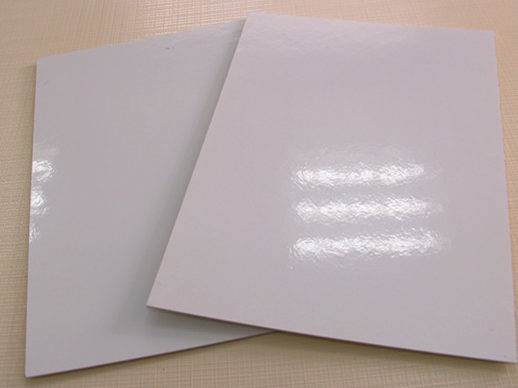T-Shell
Supporting Sponsor / Approved Vendor
A few years ago I got the dream of building empty camper shells for owners to finish out themselves. There are some options for self-builders now but it looks like there is still room to grow the market.
T-Shell is now open for business. Our purpose is to provide camper shells and materials for the self-build overlanding community. We now offer custom campers as ready-to-mount shells, and also raw composite panels for your own design. At this point, it's just my wife and I operating from our personal shop in Eastern Washington State.
Early on, I recognized that I wanted to build with composite FRP panels. We've completed one prototype with honeycomb core panels and I'm pretty proud of the result. I'll follow-up with a walk thru of the build and design details but here's a shot of our first finished camper. I've seen others announce their big plans and then go too long without progress so I've just lurked on these forums till now and soaking up all your hard-earned knowledge. That's just as well since it's taken a while to get to this point.

Last of all I'd like to thank Mark (@Jeep) from Overland Explorer & Andreas (@Victorian) from Total Composites for sharing so much with the public and potential competitors. You've been a big inspiration to me and are great examples of what makes this community so amazing.
-Karl
T-Shell is now open for business. Our purpose is to provide camper shells and materials for the self-build overlanding community. We now offer custom campers as ready-to-mount shells, and also raw composite panels for your own design. At this point, it's just my wife and I operating from our personal shop in Eastern Washington State.
Early on, I recognized that I wanted to build with composite FRP panels. We've completed one prototype with honeycomb core panels and I'm pretty proud of the result. I'll follow-up with a walk thru of the build and design details but here's a shot of our first finished camper. I've seen others announce their big plans and then go too long without progress so I've just lurked on these forums till now and soaking up all your hard-earned knowledge. That's just as well since it's taken a while to get to this point.

Last of all I'd like to thank Mark (@Jeep) from Overland Explorer & Andreas (@Victorian) from Total Composites for sharing so much with the public and potential competitors. You've been a big inspiration to me and are great examples of what makes this community so amazing.
-Karl
Last edited:






